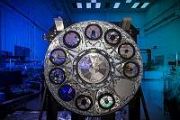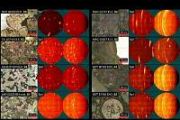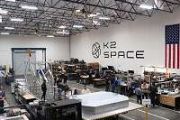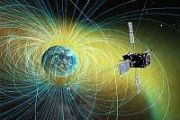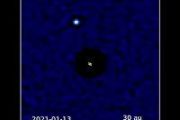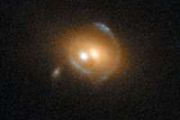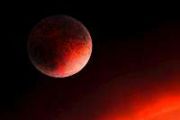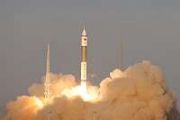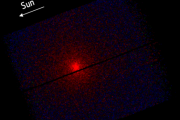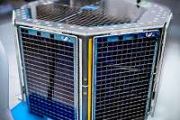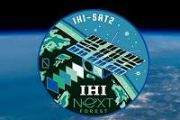
Copernical Team
Chief designer details how future lunar landing works
 China is working on a rocket for its moon landing mission, which will send a manned spaceship and a lander to lunar orbit in two separate flights, chief designer of the country's manned space program Zhou Jianping revealed.
The spaceship will send the taikonauts to lunar orbit and dock with the lunar lander. The lander will subsequently carry the taikonauts to the moon's surface. After the
China is working on a rocket for its moon landing mission, which will send a manned spaceship and a lander to lunar orbit in two separate flights, chief designer of the country's manned space program Zhou Jianping revealed.
The spaceship will send the taikonauts to lunar orbit and dock with the lunar lander. The lander will subsequently carry the taikonauts to the moon's surface. After the How and why NASA gives a name to every spot it studies on Mars
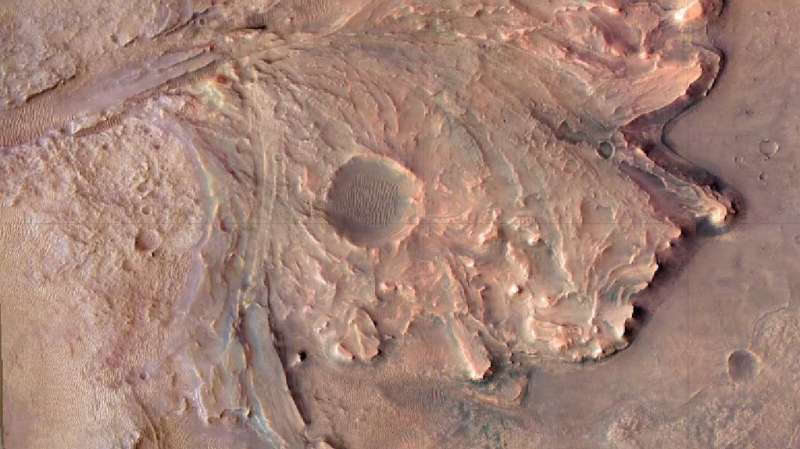
Martian maps are full of monikers recognizing places on Earth, explorers, and even cartoon characters.
NASA's Perseverance rover is currently investigating rock outcrops alongside the rim of Mars's Belva Crater. Some 2,300 miles (3,700 kilometers) away, NASA's Curiosity rover recently drilled a sample at a location called "Ubajara." The crater bears an official name; the drill location is identified by a nickname, hence the quotation marks.
Both names are among thousands applied by NASA missions not just to craters and hills, but also to every boulder, pebble, and rock surface they study.
Ariane 6 joint update report, 8 June 2023

As anticipated in May, here is an update of the progress being made towards inaugural flight of the new Ariane 6 launcher.
The next update is expected end July.
Frequent lengthy space travel takes a toll on astronauts' brains, study shows
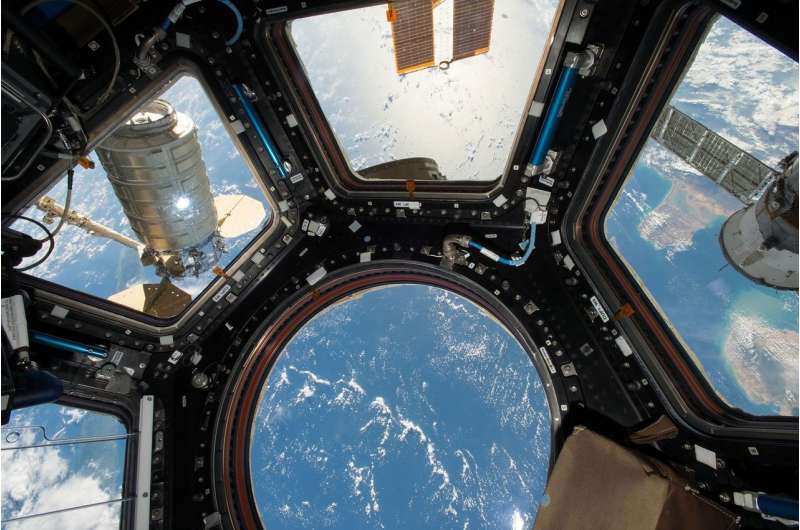
As we enter a new era in space travel, a study looking at how the human brain reacts to traveling outside Earth's gravity suggests frequent flyers should wait three years after longer missions to allow the physiological changes in their brains to reset.
Researchers studied brain scans of 30 astronauts from before and after space travel. Their findings, reported in Scientific Reports, reveal that the brain's ventricles expand significantly in those who completed longer missions of at least six months, and that less than three years may not provide enough time for the ventricles to fully recover.
Ventricles are cavities in the brain filled with cerebrospinal fluid, which provides protection, nourishment and waste removal to the brain. Mechanisms in the human body effectively distribute fluids throughout the body, but in the absence of gravity, the fluid shifts upward, pushing the brain higher within the skull and causing the ventricles to expand.
"We found that the more time people spent in space, the larger their ventricles became," said Rachael Seidler, a professor of applied physiology and kinesiology at the University of Florida and an author of the study.
European Navigation Conference at ESTEC discusses more resilient satnav
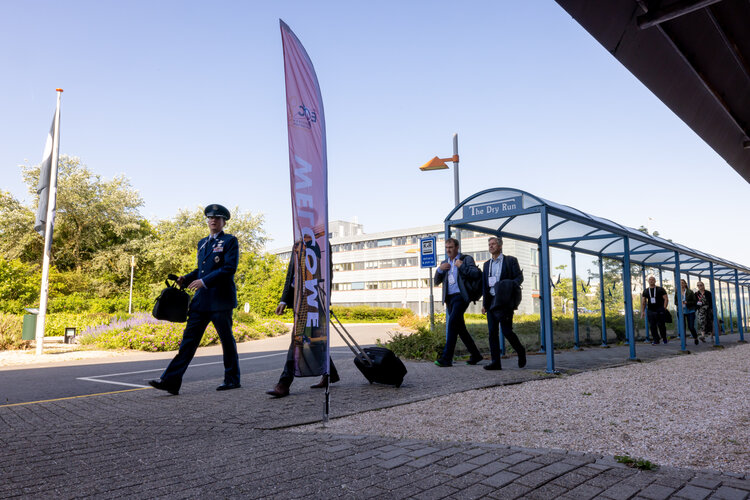
This year’s European Navigation Conference took place from 31 May to 2 June at ESA’s ESTEC technical centre in Noordwijk, home to the Agency’s navigation efforts. The ENC is organised each year under the umbrella the European Group of Institutes of Navigation (EUGIN) and this year by the Netherlands Institute of Navigation (NIN). Top of the list of discussion points? Enhancing the resilience of the positioning, navigation, and timing (PNT) systems all of us have come to depend on.
New study identifies mechanism driving the sun's fast wind
 The fastest winds ever recorded on Earth reached more than 200 miles per hour, but even those gusts pale in comparison to the sun's wind.
In a paper published June 7, 2023 in the journal Nature, a team of researchers used data from NASA's Parker Solar Probe to explain how the solar wind is capable of surpassing speeds of 1 million miles per hour. They discovered that the energy released fr
The fastest winds ever recorded on Earth reached more than 200 miles per hour, but even those gusts pale in comparison to the sun's wind.
In a paper published June 7, 2023 in the journal Nature, a team of researchers used data from NASA's Parker Solar Probe to explain how the solar wind is capable of surpassing speeds of 1 million miles per hour. They discovered that the energy released fr Remains of an extinct world of organisms discovered
 Newly discovered biomarker signatures point to a whole range of previously unknown organisms that dominated complex life on Earth about a billion years ago. They differed from complex eukaryotic life as we know it, such as animals, plants and algae in their cell structure and likely metabolism, which was adapted to a world that had far less oxygen in the atmosphere than today. An international t
Newly discovered biomarker signatures point to a whole range of previously unknown organisms that dominated complex life on Earth about a billion years ago. They differed from complex eukaryotic life as we know it, such as animals, plants and algae in their cell structure and likely metabolism, which was adapted to a world that had far less oxygen in the atmosphere than today. An international t VLBA reveals complexity of 'average' space explosions in Novae
 While studying classical novae using the National Radio Astronomy Observatory's Very Long Baseline Array (VLBA), a graduate researcher uncovered evidence the objects may have been erroneously typecast as simple. The new observations, which detected non-thermal emission from a classical nova with a dwarf companion, were presented at a press conference during the 242nd proceedings of the American
While studying classical novae using the National Radio Astronomy Observatory's Very Long Baseline Array (VLBA), a graduate researcher uncovered evidence the objects may have been erroneously typecast as simple. The new observations, which detected non-thermal emission from a classical nova with a dwarf companion, were presented at a press conference during the 242nd proceedings of the American Detectors could improve views of gamma-ray events
 Using technology similar to that found in smartphone cameras, NASA scientists are developing upgraded sensors to reveal more details about black hole outbursts and exploding stars - all while being less power hungry and easier to mass produce than detectors used today.
"When you think about black holes actively shredding stars, or neutron stars exploding and creating really high-energy bur
Using technology similar to that found in smartphone cameras, NASA scientists are developing upgraded sensors to reveal more details about black hole outbursts and exploding stars - all while being less power hungry and easier to mass produce than detectors used today.
"When you think about black holes actively shredding stars, or neutron stars exploding and creating really high-energy bur Galaxies go on a deep dive and leave fiery tail behind
 A group of galaxies is plunging into the Coma galaxy cluster and leaving behind an enormous tail of superheated gas. Astronomers have confirmed this is the longest known tail behind a galaxy group and used it to gain a deeper understanding of how galaxy clusters - some of the largest structures in the universe - grow to their enormous sizes.
Astronomers trained NASA's Chandra X-ray Observa
A group of galaxies is plunging into the Coma galaxy cluster and leaving behind an enormous tail of superheated gas. Astronomers have confirmed this is the longest known tail behind a galaxy group and used it to gain a deeper understanding of how galaxy clusters - some of the largest structures in the universe - grow to their enormous sizes.
Astronomers trained NASA's Chandra X-ray Observa 






